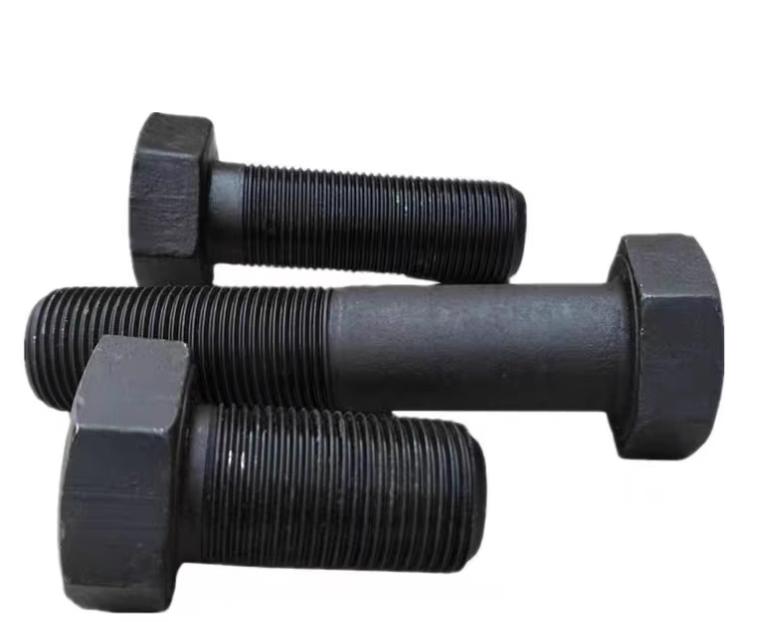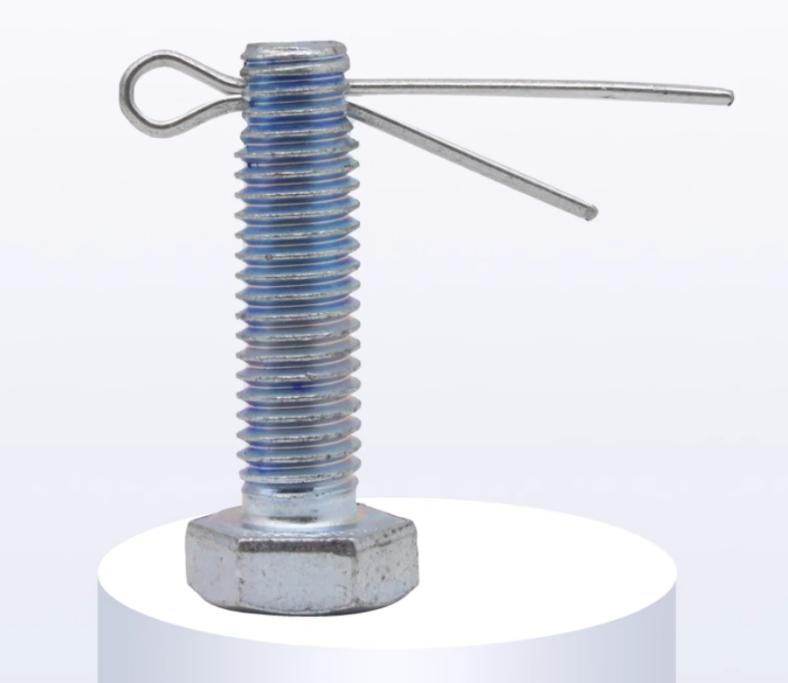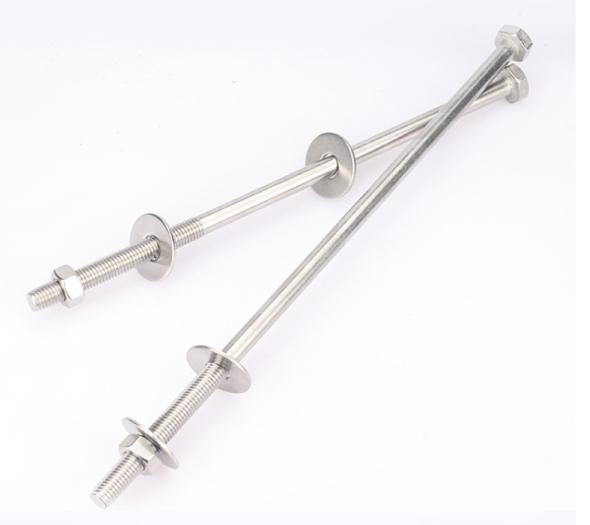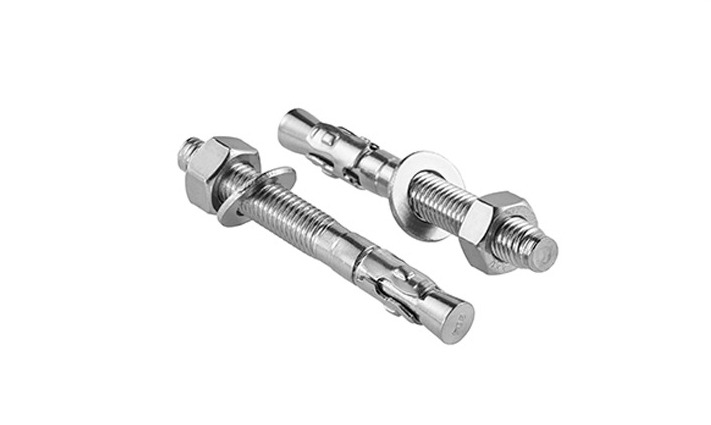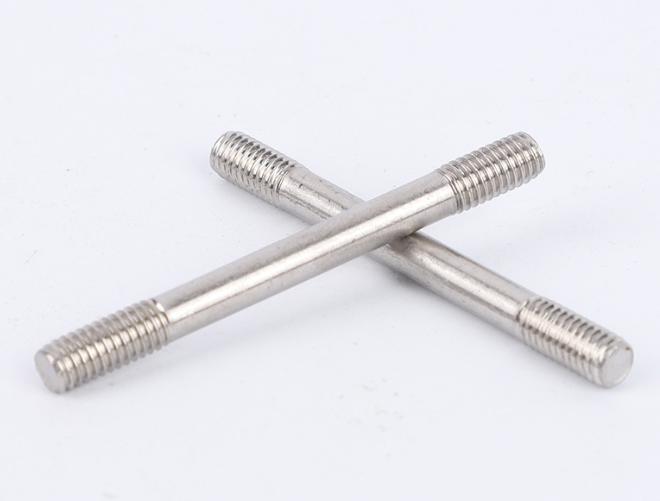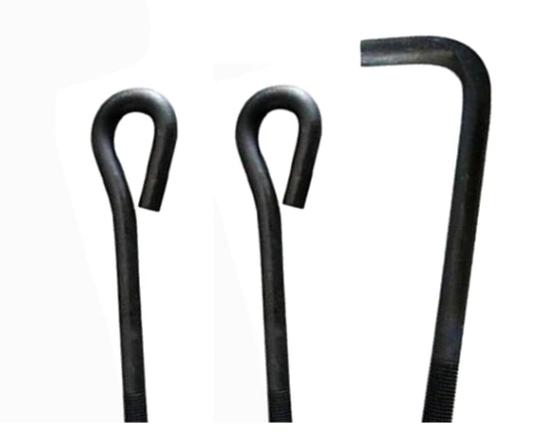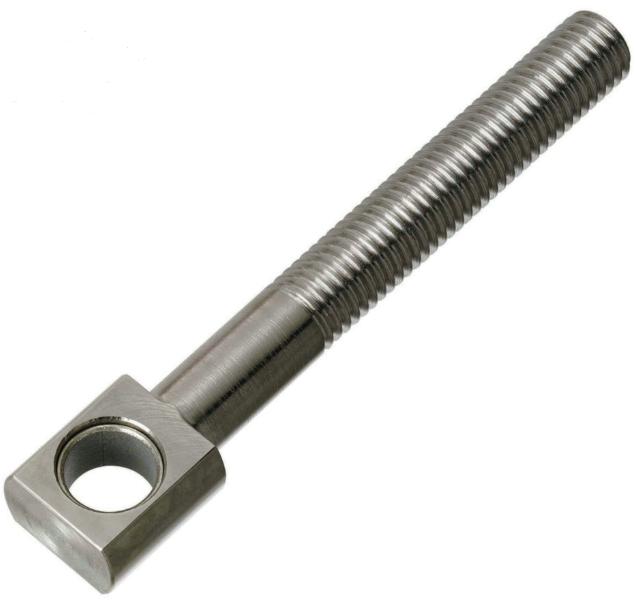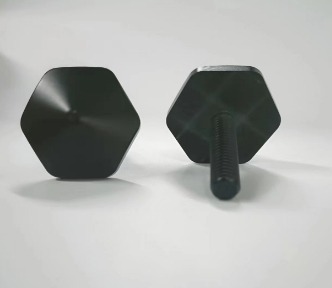Lag Bolt vs Carriage Bolt: Which One is Right for You
In construction, furniture assembly, or any engineering project that requires strong connections, bolts act as the unsung heroes, silently taking on the vital role of joining and reinforcing.
Among the many types of bolts, lag bolts and carriage bolts stand out as two “distinct characters.” While they might both look like oversized nails, their design and application scenarios are vastly different. Today, let’s explore details about lag bolt vs carriage bolt and help you make the right choice to ensure your project is both strong and secure.
Table of Contents
What is a Lag Bolt?
Lag bolt is a heavy-duty bolt commonly used for connecting wood and metal materials. It is characterized by its large, coarse threads that provide strong holding power, making it ideal for applications that require substantial tensile force.
Lag bolts typically feature a hexagonal head that allows for tightening with a wrench or power tool. The coarse thread design makes them particularly suitable for fastening wood, wooden structures, and metal.
Features of Lag Bolts:
- Large size: Typically longer, designed to penetrate thick wood or metal.
- Coarse threads: The larger threads help provide a strong hold.
- Hexagonal head: Makes it easier to tighten using a wrench or power tool.
- Ideal for wood and metal: Effectively connects materials like wood and metal.
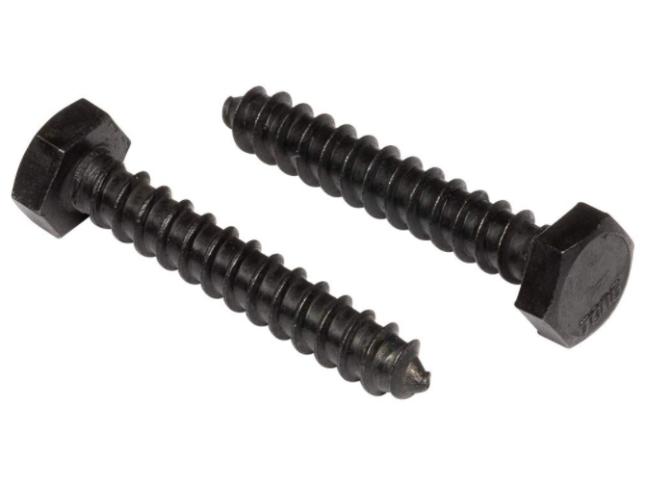
What is a Carriage Bolt?
Carriage bolt, in contrast to the lag bolt, features a different design. It typically has a smooth, round head and a square shoulder that prevents the bolt from rotating during installation.
Carriage bolts are commonly used for connecting wood, metal, or concrete, and are particularly suitable for applications where a secure connection is needed, and the bolt must remain stationary.
Features of Carriage Bolts:
- Round, flat head: Typically smoother than lag bolts and less likely to protrude during use.
- Square shoulder: Helps secure the bolt and prevents rotation, enhancing the stability of the connection.
- Versatile material compatibility: Commonly used for connecting wood, metal, and concrete.
- Easy installation: Typically fastened using a nut and fastening hardware.
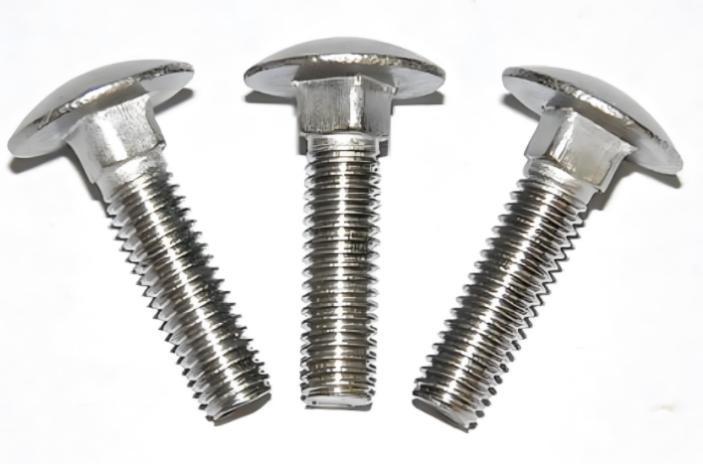
Key Differences Between Lag Bolt vs Carriage Bolt
Although both lag bolts and carriage bolts can be used for fastening wood and metal in certain applications, there are distinct design and functional differences between the two. A detailed comparison of their main differences is provided below.
Here’s a comparison chart outlining the key differences between lag bolts and carriage bolts:
| Feature | Lag Bolt | Carriage Bolt |
| Thread Type | Coarse, deep threads | Fully threaded or partially threaded with fine threads |
| Head Type | Hexagonal head | Rounded head with a square neck |
| Installation | Requires a wrench or socket | Installed with a wrench for the nut, square neck prevents rotation |
| Usage | Heavy-duty applications in wood, concrete, or masonry | Used to fasten wood-to-wood or wood-to-metal |
| Strength | High tensile strength | Provides moderate strength with good shear resistance |
| Pre-Drilling Required | Yes, for harder materials | Yes, for proper fit of the square neck |
| Holding Mechanism | Threads bite into material | Nut and washer secure the connection |
| Common Applications | Decking, structural framing, lagging beams | Furniture, fences, and wooden construction |
| Material Options | Steel, galvanized steel, stainless steel | Zinc-plated steel, stainless steel, hot-dipped galvanized |
Bolt Shape
Lag Bolt:
Lag bolts feature a hexagonal head, which is designed for easy use with a wrench or a power tool. This shape makes them ideal for heavy-duty applications where significant torque is needed to securely tighten the bolt.
The hexagonal head provides a large surface area for gripping, which allows for a strong and secure installation. The head’s shape ensures a tight, solid connection, even under pressure.
Carriage Bolt
Carriage bolts have a smooth, round head, which is typically flatter and less protruding than that of a lag bolt. This head is designed to sit flush with the surface of the material, reducing the risk of snagging or catching on objects.
The smooth design also ensures a cleaner, more polished appearance, which is often required in furniture and aesthetic construction projects. The round shape makes it easier to work with, but it also lacks the large gripping surface that a hexagonal head offers.
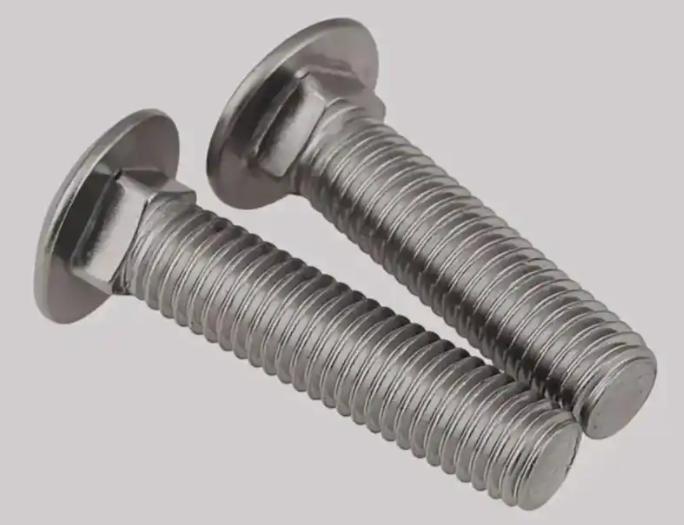
Thread Type
Lag Bolt:
Lag bolts have coarse threads that are specifically designed to provide a strong hold in materials like wood and metal. The threads are large and widely spaced, allowing the bolt to bite into the material and create a secure, tight connection.
This coarse thread design enables the lag bolt to handle substantial tensile forces, making it perfect for heavy-duty applications such as securing wooden beams, large structural elements, and metal components. The rougher threads allow for a stronger grip, ensuring the bolt remains firmly in place.
Carriage Bolt
Carriage bolts, on the other hand, have smooth threads that are better suited for softer materials like wood. The smooth threads allow for easier insertion into the material, making them less likely to cause damage to delicate surfaces.
However, this also means that carriage bolts provide a less aggressive grip than lag bolts, and they may not be able to handle as much tensile force in heavy-duty applications. The smooth design helps prevent damage to materials, especially when a clean, flush finish is needed.
Installation
Lag Bolt
Installing a lag bolt typically requires a wrench or a power tool. The bolt is driven into the material by applying torque, which helps the coarse threads grip tightly into the wood or metal.
Tightening lag bolts often requires more effort and time due to the strength needed to ensure a secure fastening. This makes them ideal for projects where high strength and secure fastening are required, such as in structural applications, but they can be more difficult to install compared to carriage bolts.
Lag bolts are often used where additional holding power is needed, and the installation process requires a substantial amount of force.
Carriage Bolt
The installation of carriage bolts is usually simpler and quicker. They are inserted through a pre-drilled hole, and the square shoulder on the bolt prevents it from rotating during installation. Once the bolt is through the material, a nut is threaded onto the bolt to secure it in place.
The square shoulder helps ensure that the bolt stays stationary while the nut is tightened, which simplifies installation. This feature makes carriage bolts particularly convenient for applications where installation speed and ease are important, such as in furniture assembly or quick construction projects.
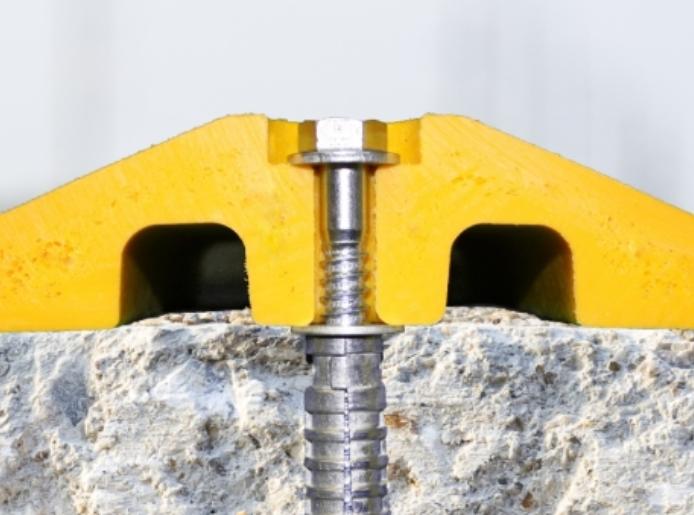
Application
Lag Bolt:
Lag bolts are primarily used in heavy-duty applications, such as securing wooden beams, structural elements, and metal components. Their coarse threads and ability to handle significant tensile force make them ideal for situations where the fastening must bear a heavy load or withstand tension.
Lag bolts are commonly used in construction, woodworking, and metalworking, especially in areas where the connection must remain intact even under stress. Their strength and durability make them the go-to choice for applications where stability and security are paramount.
Carriage Bolt:
Carriage bolts are often used in situations where a secure connection is necessary, but the bolt must not rotate. The square shoulder ensures that the bolt remains stationary while the nut is tightened, making carriage bolts ideal for furniture assembly, where rotation could disrupt the alignment.
They are also used in construction applications where a flush finish is desired, such as in decking or where the appearance of exposed bolts is important. The smooth, round head provides a clean finish, and the square shoulder ensures a stable connection without rotation.
Anti-Loosening Design:
Lag Bolt:
Lag bolts do not have a built-in anti-rotation feature. Their ability to stay secure relies primarily on the torque applied during installation and the strength of the threads gripping into the material.
For applications where the bolt might rotate, additional locking mechanisms such as washers, nuts, or thread-locking compounds are often used to prevent loosening. Without these, the lag bolt is reliant on the tightness of the initial installation to keep it in place.
Carriage Bolt:
The unique design of carriage bolts includes a square shoulder just beneath the head. This square shoulder prevents the bolt from rotating during installation, making it especially useful in applications where the bolt must stay stationary while the nut is tightened.
This feature is a key advantage in many construction and furniture projects, where securing the bolt without rotation is crucial for maintaining the stability of the connection. Carriage bolts are designed to provide a more stable, non-rotating connection, ensuring that the bolt doesn’t turn out of place.

When to Use Lag Bolts?
If your project requires connecting heavier structures or withstanding significant tensile force, lag bolts are the best choice.
Their coarse thread design provides powerful holding strength, making them especially ideal for wood and other softer materials. Common applications include the installation of building frameworks, securing large equipment, and other heavy-duty tasks.
When to Use Carriage Bolts?
Carriage bolts are ideal for applications where aesthetics or a hidden bolt head are important. With their round head design and smooth shaft, they offer a neat visual appearance and easily pass through wood or metal surfaces during installation.
If you are working on furniture manufacturing or bridge construction, carriage bolts are the perfect choice.
KENENG, a professional carriage bolt manufacturer, focuses on surface treatment and corrosion-resistant designs in the bolts series. Whether used indoors or outdoors, its products offer long-lasting durability and stable connection performance, helping you complete high-quality projects.

Wrap Up
Whether it’s a lag bolt or a carriage bolt, each type of bolt has its unique advantages and application scenarios. Choosing the right bolt type will provide stable and secure fastening for your project. If you’re looking for the right bolts, KENENG is able to offer professional advice and high-quality bolt solutions to ensure a successful completion of your project.

